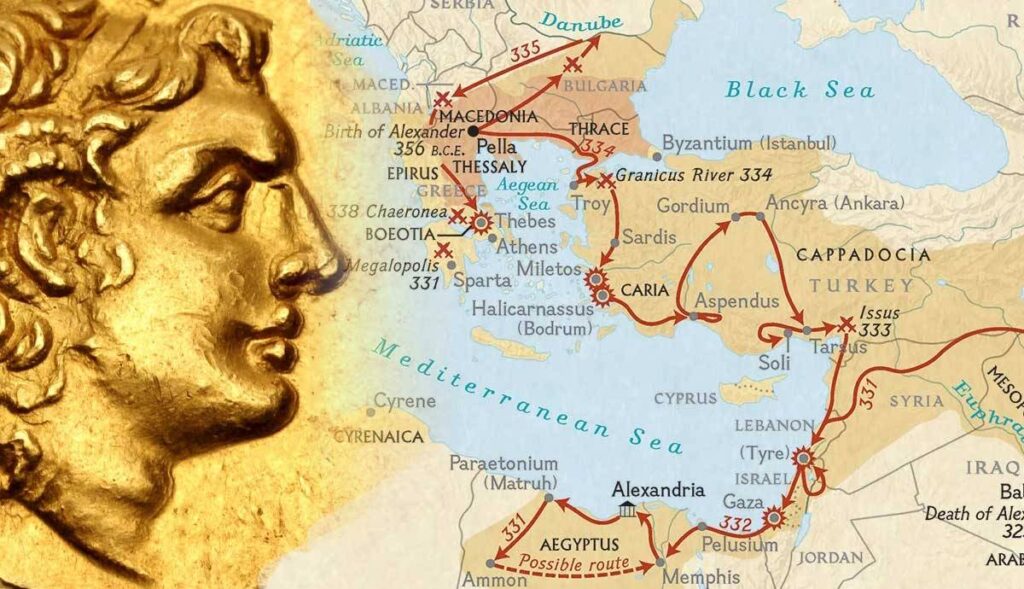The military strategies of Alexander the Great were groundbreaking and ahead of his time, leading to some of the most successful conquests in history. Born in 356 BC in Macedonia, Alexander’s education under Aristotle and his ascension to the throne at 20 set the stage for his ambitious goal of conquering the world. Utilizing innovative tactics like the phalanx formation and quick thinking on the battlefield, he was able to overwhelm larger enemy forces and achieve remarkable victories. His most famous conquest, the siege of Tyre, showcased his determination and ingenuity as a military commander. Despite his early death in 323 BC, Alexander’s legacy continued to inspire military leaders for centuries to come.
The Military Strategies of Alexander the Great and his Conquests
Alexander the Great, also known as Alexander III of Macedon, was one of the most successful military commanders in history. His military campaigns stretched from Greece to Egypt and across the Persian Empire, resulting in the creation of one of the largest empires in the ancient world. Alexander’s military strategies and conquests have been studied and emulated by military leaders for centuries.
Background
Alexander the Great was born in 356 BC in Pella, the ancient capital of Macedonia. He was educated by the renowned philosopher Aristotle and showed a keen interest in military strategy from a young age. When he ascended to the throne of Macedonia at the age of 20, he quickly set out to fulfill his ambition of conquering the world.
Military Strategies
Alexander’s military strategies were innovative and often ahead of his time. One of his key tactics was the use of the phalanx formation, a military formation in which soldiers stood shoulder to shoulder with spears and shields, creating a wall of overlapping shields and spears that made it difficult for enemies to penetrate. This formation was highly effective in battles and allowed Alexander to overwhelm larger enemy forces.
Another important aspect of Alexander’s military strategy was his ability to adapt and improvise on the battlefield. He was known for his swift and decisive actions, often making split-second decisions that led to victory. He was also a master of deception, using feints and false retreats to lure his enemies into traps.
Conquests
Alexander’s conquests began in 334 BC when he crossed the Hellespont into Asia Minor and defeated the Persian army at the Battle of Granicus. He went on to conquer Egypt, Mesopotamia, Persia, and parts of India, creating one of the largest empires in history.
One of Alexander’s most famous conquests was his siege of the city of Tyre in 332 BC. The city was located on an island off the coast of present-day Lebanon and was thought to be impregnable. However, Alexander constructed a causeway from the mainland to the island and ultimately captured the city after a seven-month siege. This victory demonstrated Alexander’s determination and ingenuity as a military commander.
Legacy
Alexander the Great died in 323 BC at the age of 32, leaving behind a vast empire that would eventually be divided among his generals. Despite his early death, his military strategies and conquests had a lasting impact on the ancient world. His legacy inspired countless military leaders, including Julius Caesar and Napoleon Bonaparte, who sought to emulate his success on the battlefield.
Overall, Alexander the Great’s military strategies and conquests are a testament to his skill as a commander and his vision as a leader. His ability to innovate, adapt, and inspire his troops set him apart as one of the greatest military leaders in history.
